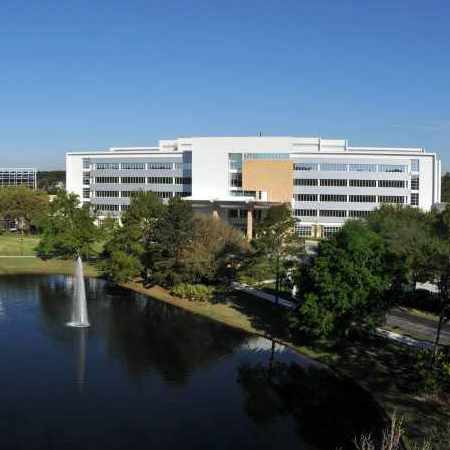Florida

January 8, 2025
Most patients with Alzheimer's disease and Alzheimer's Disease Related Dementias (ADRD) experience the gradual onset and progression of cognitive symptoms, leading to decline over years[...]

January 27, 2016
September 8, 2015
Explore more topics
 Sign up
Sign up

Mayo Clinic Connect
An online patient support community

